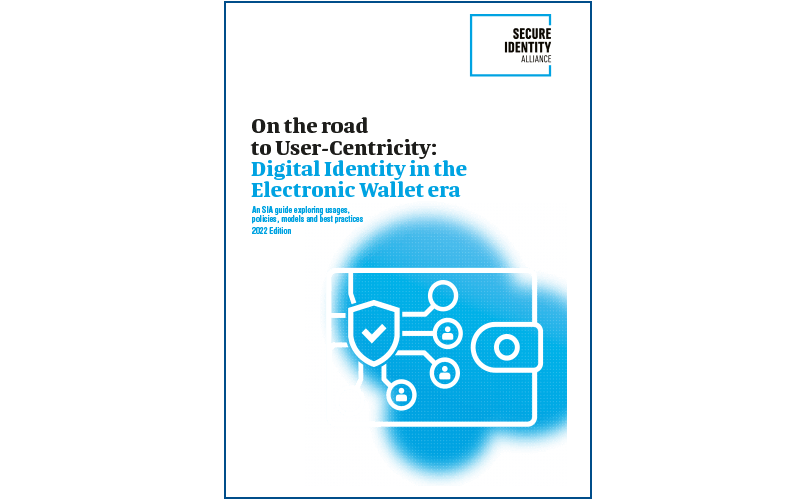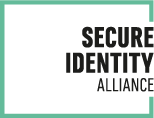On the Road to User-Centricity: Digital Identity in the Electronic Wallet Era

The COVID-19 pandemic has accelerated the adoption of mobile digital identity wallets. With mobile devices fast becoming the option of choice for users looking to interface with digital or in-presence services, government and commercial organizations will need to understand the foundational and functional concepts that underpin mobile-based digital identity. That includes the key architectures, standards and data models that should be considered when implementing digital wallets for functional digital identity.
Cloud, in conjunction with the mobile environment, allows for a wide combination of data management practices and a simplified user experience. As a result, the use of mobile-based digital identity is growing for a wide number of applications – everything from payments, KYC, health, and digital money to transport/mobility use cases.
However, governments and retailers will need to pay close attention to how they adapt current digital Identity systems when integrating electronic wallets for citizen and consumer use. Added to this, managing identity and data on cloud infrastructures and mobile phones means new security, sovereignty and privacy issues will need to be addressed. But that’s not all.
Interoperability and standards in digital identity are rising in importance in both public and private identity schemes. Around the globe, government administrations are already working with businesses to initiate ecosystems featuring electronic identity cards, Public Key Infrastructure (PKI), biometrics and digital identity wallets that will simplify how citizens interact with trusted digital services. The aim is to provide a one-stop and workable digital approach that encompasses identity, security and trust services.
Similarly, governments are now looking beyond national digital Identity programs and are in pursuit of ways to enable convenient cross-border interoperability with other countries, whether that’s digitalizing passports so that passengers can enjoy seamless travel everywhere or enabling the cross-border recognition of immunisation and vaccine certificates. For example, in the EU, work has begun in earnest on a European digital identity framework that will enable citizens to prove their identity and share electronic documents held in their European digital identity wallets using a mobile-based digital identity.
However, when it comes to digital wallets, end-users will expect to encounter intelligent security mechanisms – like biometry, AI, silent authentication and passive liveness detection – and user controls that make it possible to experience trusted, fluid and personalized identity, payment and health services without compromising their digital identities or privacy. Plus, they want to be able to use their mobile-based digital identity in the physical world – be that proving they have a driving license so they can hire a car, or demonstrating they meet age-restricted entry requirements at a physical venue.
In summary, as mobile digital identity – and wallets - play an increasingly central role in enabling identification, authentication and authorization in the physical/digital worlds, requirements like interoperability (for multiple parties) user-centric ergonomics (personalized and streamlined trust services) and global security (including privacy) are becoming must haves.
To discover more about what’s driving the need for trusted mobile identity authentication services worldwide and how digital wallet technologies are helping to bring identity, KYC and transaction information to a new streamlined level.

